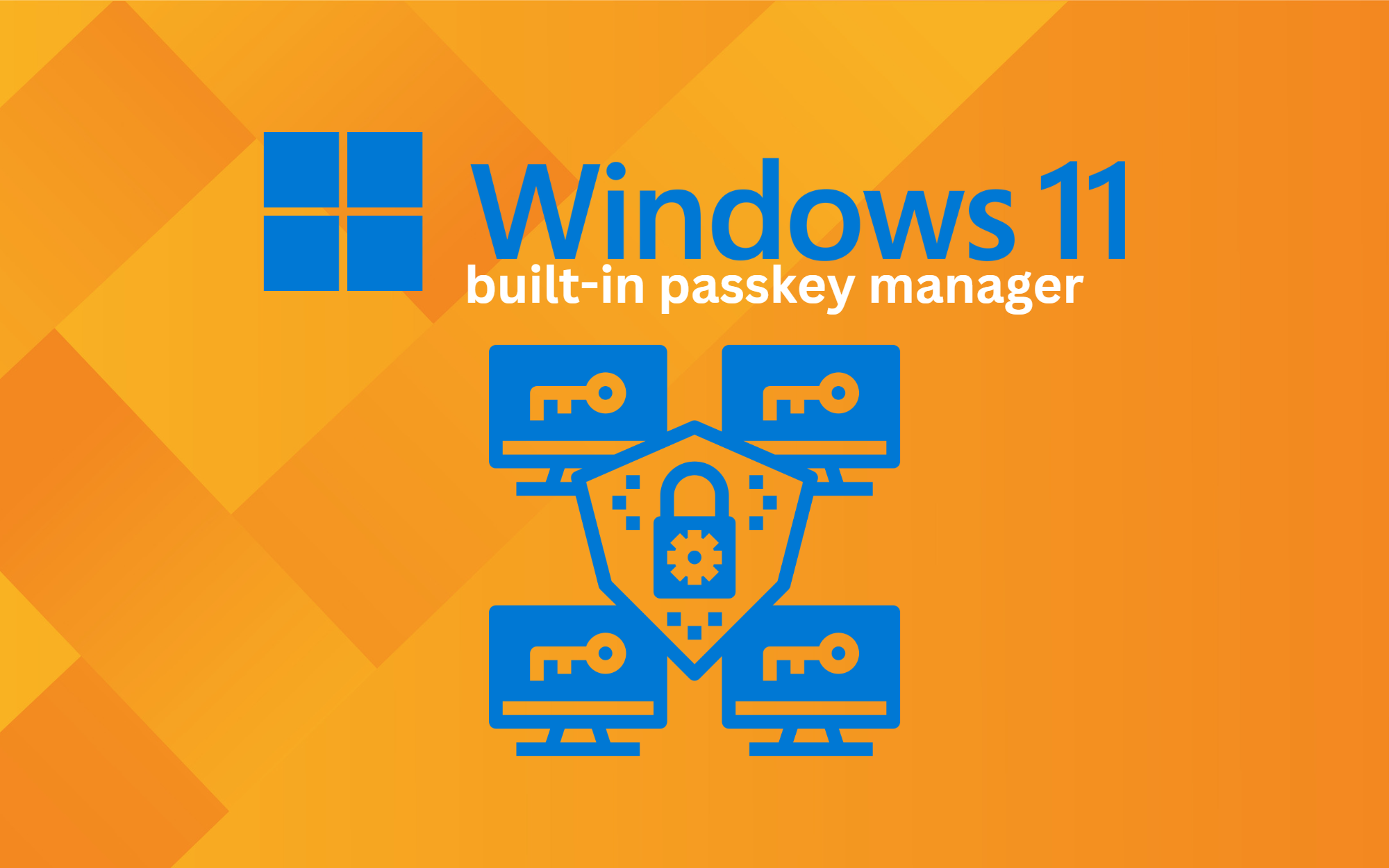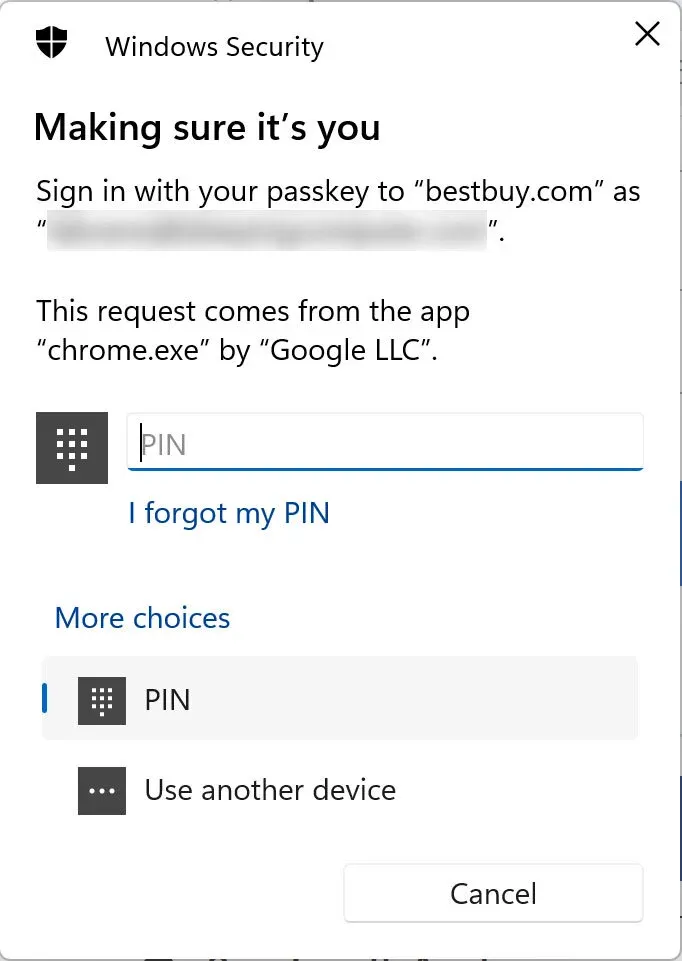Stepping into the Future of Authentication: Windows 11 and the Power of Passkeys

Microsoft is making impressive strides in the realm of cybersecurity with its latest version, Windows 11, that now comes equipped with a robust passkey manager for its Windows Hello feature. This innovative step is aimed to fortify the security of logging into various websites and applications through biometric authentication.
Delving into the specifics, passkeys are specialized codes intricately tied to particular devices like computers, tablets, or smartphones. Their utilization drastically diminishes data breach risks, forming a solid protective wall against phishing attacks. Unlike regular passwords that are susceptible to theft, these passkeys ensure that any unauthorized access is hindered in its tracks.
Passkeys seamlessly replace traditional passwords and elevate your login security to a whole new level. They offer you the flexibility to use personal identification numbers (PINs) or biometric authentication, including fingerprints or facial recognition, to log into your preferred websites and applications. The result? A more secure, efficient, and user-friendly login experience, freeing you from the tangles of remembering and managing a multitude of passwords.
Microsoft recently unveiled the Windows 11 Insider Preview Build 23486, which has been launched on the Dev Channel. This new release is packed with improvements for a passwordless future, enabling customers to leverage the power of passkeys and Windows Hello to log into their accounts.
In the words of Microsoft's Amanda Langowski and Brandon LeBlanc, "We are enhancing the passkey experience for Windows users. Users can now visit any app or website that supports passkeys, create their unique passkey, and sign in using it with the Windows Hello's native experience."
Once your passkey is established, you can use Windows Hello's features such as face, fingerprint, or PIN authentication to sign in. The icing on the cake is that users can complete the application log-in process using their mobile devices.
Embarking on your journey with passkeys on Windows is simple. Visit passkey-enabled websites like bestbuy.com, ebay.com, or google.com, generate a passkey via your account settings, and then log out. Once you sign back in, you can use your newly created passkey.
Additionally, you can effectively manage your passkeys using a new dialog integrated within the Windows settings. Navigate to Settings > Accounts > Passkeys, and you'll find all your saved passkeys. You can search for specific ones and even delete those you no longer need.

My preliminary tests with the feature have shown positive results. We could effortlessly use Windows 11 passkeys when logging into Microsoft accounts.
However, during my testing with Google accounts, while passkey creation was allowed, we were never prompted to log in using a passkey.

In May, Google announced its plan to roll out support for passkeys for Google Accounts across all its services and platforms, allowing users to access their accounts without the need for a password or 2-Step Verification (2SV).
Moreover, in May 2022, both Microsoft and Apple demonstrated their strong support for passkeys, backing Web Authentication (WebAuthn) credentials, now widely known as FIDO credentials. This has now set the standard for passwordless account access across platforms overseen by these tech behemoths.
As Langowski and LeBlanc succinctly put it, "Passkeys are shaping the future where cyber miscreants will face significant challenges in stealing and misusing your credentials. Passkeys are not only phish-resistant, recoverable but also ensure faster login processes for users."
In essence, this exciting Windows 11 feature is yet another step towards a secure, passwordless future. Stay tuned for more updates!
If you want to know more about Windows 11 feel free to contact me:
Contact me via,
Mail: tycho.loke@peoplerock.nl
Phone: +31 6 39 41 36 65
LinkedIn: Tycho Löke

